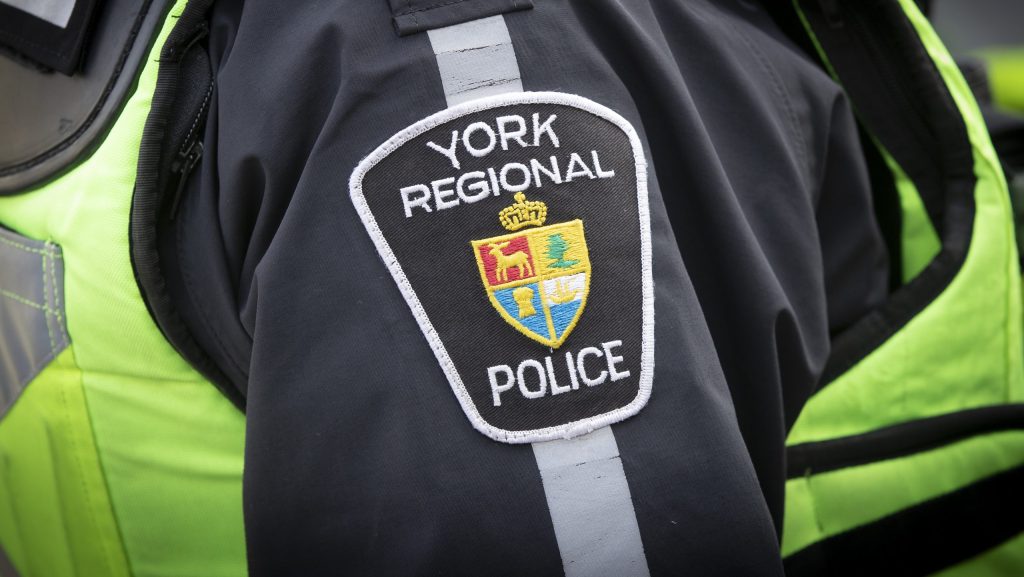Deadly Summer On The Roads, With Increase In Fatal Crashes
Posted August 29, 2007 12:00 pm.
This article is more than 5 years old.
If you’re thinking this summer has been a bad one for serious crashes on our roads, you’d be right. In fact the number of traffic deaths on Ontario highways in 2007 has jumped nearly five per cent over last year, meaning motorists aren’t getting the message about speed and driving safely.
Making matters worse, the sheer volume of traffic on the province’s roads.
“Traffic volumes are going up, and to make matters worse, traffic volumes are building right now. They will spike (in) a week,” said OPP Sgt. Cam Woolley.
“Everybody is going to be back from vacation. People are moving back to school, closing up cottages and camps, and frankly, if people don’t smarten up and obey the laws, we’re going to see more crashes.”
Last year at this time there were 279 fatal collisions on highways patrolled by the provincial police service – in 2007 we’re getting dangerously close to the 300-mark. Currently there have been 292 traffic-related fatalities.
The latest happened just after 8pm Tuesday when a tractor trailer and a car collided at Highway 7 and Pine Valley Dr. in Woodbridge. A 69-year-old woman was taken to Sunnybrook Trauma Centre but died of her injuries. There’s no word on who was at fault but police say the Acura was making a turn when it was hit by the rig.
As always, the OPP will be out patrolling the roads this Labour Day long weekend for unsafe vehicles and drivers not following the rules of the road. They’ll also be monitoring trails and waterways in order to prevent that number from getting any higher.
Driver distraction is a top cause of collisions. Here’s a list of some of the top distractions, according to OPP Staff Sgt. Barry Farndon:
- Unfamiliarity with controls in new car
- The car radio, CD player, or radio
- Cellphones
- Personal grooming
- Eating and drinking while driving
- Reading books or newspapers
- Checking a map
- Rubbernecking, at either people, or accidents
- Handheld devices, palm pilots, blackberries etc.
Here are the steps (courtesy of the Ontario Ministry of Transportation) on making a safe lane change:
1. Check your mirrors for a space in traffic, where you can enter safely.
2. Check your blind spot by looking over your shoulder in the direction of the lane change, then signal if you want to move left or right.
3. Check again to make sure your path is clear and that there is no one coming up too fast from behind or from two lanes over.
4. Gradually steer into the new lane maintaining your speed. Never slow down while changing lanes.








